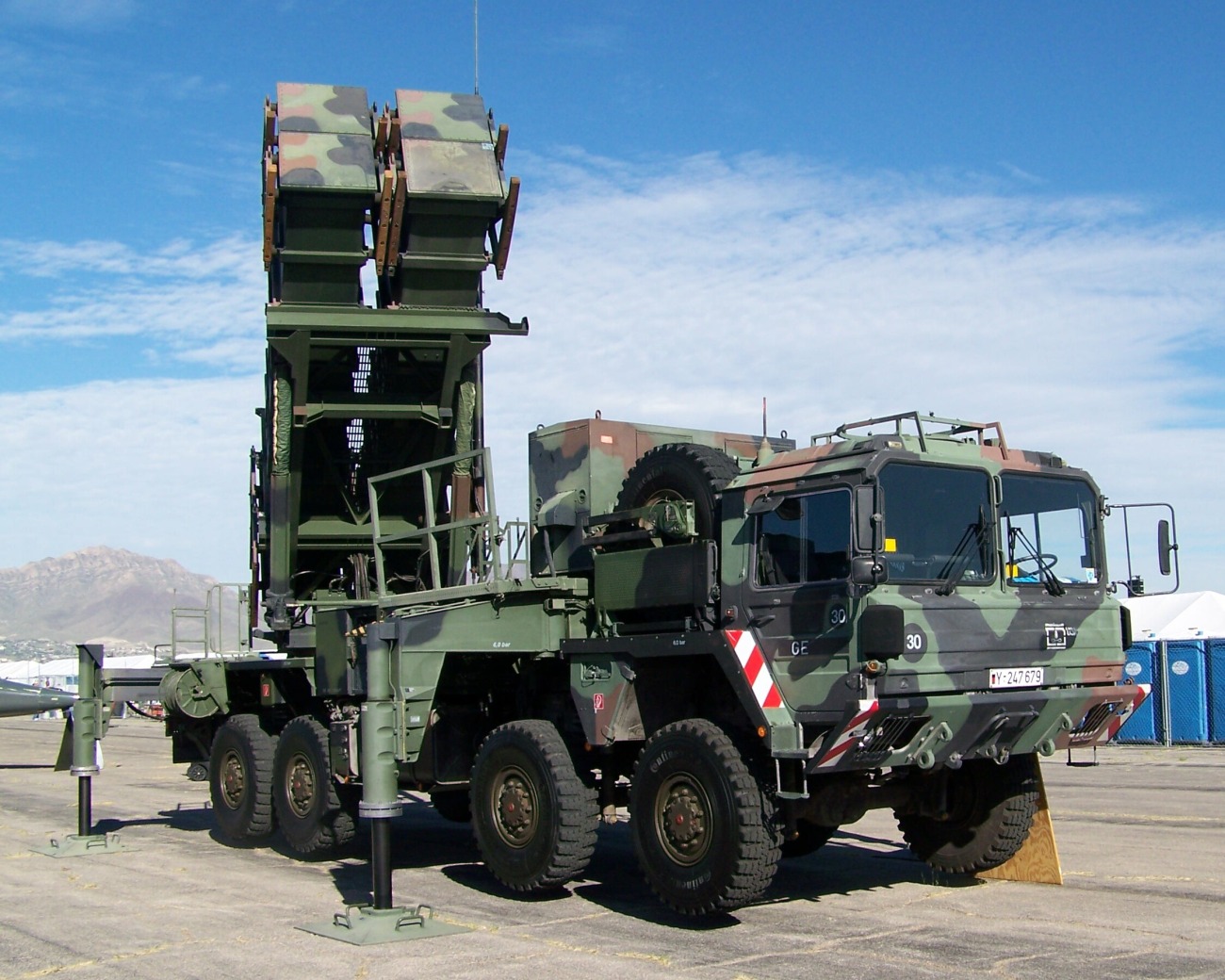Russia’s advancement in Avdiivka, based on its temporary establishment of limited and localized air superiority, has been ephemeral. In 10 days, the Russian Air Force has reportedly lost its tenth warplane, including Sukhoi Su-34 and Su-35 fighter jets, and a critical asset, the A-50 Beriev ‘flying radar.’
Along with the military assets, Russia has lost its skilled pilots and crew in these shootings, but it is nowhere close to unraveling how Ukraine has been able to achieve such a devastating blow to Moscow.
One of the theories is that the KAB glide bombs that have helped Russian forces capture Avdiivka have been undoing its air force.
Russian forces have been launching as many as 60 KAB glide bombs every day. Glide bombs have a range of up to 70 kilometers. These bombs allowed the Russian tactical aircraft to strike deep within its territory to avoid losing fixed and rotary-wing aircraft.
Intercepting a KAB is quite challenging; however, the fighter jet that drops the KAB is fairly easy for an experienced air defense crew as a glide bomb has to be launched from a higher altitude. The higher an aircraft climbs, the easier it is for the enemy’s air defense to detect and engage.
With the war set to enter its third year, the Russian aircraft industry is finding it difficult to match the pace of aircraft production to the rate at which they are lost. Some estimates say the Russians are losing their fighter jets 20 times faster than they can replace them.
Undoubtedly, the Ukrainian defense ministry has been ecstatic to announce that it shot down another Su-34, the 10th Russian aircraft at the receiving end of Ukrainian air defense. “Oops, we did it again!” the ministry announced. “And now it’s ten destroyed Russian planes in 10 days!”
Oops, we did it again!
Another russian Su-34 fighter-bomber was destroyed by Ukrainian warriors in the eastern direction.
And now it's 10 destroyed russian planes in 10 days! pic.twitter.com/edtDXLhskL— Defense of Ukraine (@DefenceU) February 27, 2024
The Russian Air Force suffered substantial losses. The Kamov Ka-52 Hokum B attack helicopter fleet has lost 40 percent of its pre-war strength, with the Mil Mi-35 Hind and Mi-28N Havoc B inventory having depleted too.
Russia’s inventory of Mi-8MTPR-1 HIP electronic warfare helicopters is also at least 20 percent less than at the start of the war. Those losses, along with others, like two-seater Sukhoi Su-34 Fullback fighter ground-attack aircraft and Su-25 Frogfoot ground-attack aircraft, are reflected in the upcoming 2024 edition of The Military Balance.
The salt to the Russian wounds is the unfathomable mechanism that Ukraine has put in place to target its air assets. There have been no clarifications from Ukrainian forces, and the experts are also surmising how they managed it.
One theory is that the American-made Patriot missile launchers might have been assigned to mobile air defense groups that were moved close to the frontline between the two warring countries, and after hitting the Russian jets with PAC-2 missiles, they were relocated to avoid counter-attack.
But this theory doesn’t stand the test facts in the shooting of the A-50, which was flying well out of the range of the patriot missiles.
Theories galore about how Ukrainians have become the bane of Russian aircraft
The mechanism with which Ukraine has been able to shoot down the second Russian ‘flying radar’ based on the Ilyushin Il-76 aircraft within just over a month has been carefully kept under the wrap.
However, some experts dissecting the video point at Ukraine operationalizing something akin to the American Defense Advanced Research Project Agency (DARPA)’s “Project Longshot.” In 2023, the Longshot project reached its third and final demonstration and test phase.
One ex-Indian Air Force (IAF) fighter pilot said that “the Ukrainians (could) now have a drone modified to interdict 200 km plus near Russian air assets, clinically cued and steered with targeting data from Western LR (long range) surveillance, and launch a heat-seeking Stinger or an ASRAAM with deadly accuracy.”
Speculations have been rife about the air defense system being used to bring down the jumbo aircraft since the time Ukraine downed the first A-50 in January.
During the same attack, a Russian Ilyushin Il-22 command plane was also damaged. As reported by the EurAsian Times then, some experts suggest that Ukrainians deployed one of their ‘Franken’ surface-to-air missiles, created by mating Patriot missiles with their S-300 systems, to achieve spectacular success.
On January 14, a Western expert, Ukrainians “secretly” deployed a suitable SAM system to target the two Russian aircraft from long range; whether it was the S-300 SAM system or the Patriot PAC-2/3 system is unclear.

“It is also possible that Ukrainians have deployed a launcher and a radar (plus power-supply equipment) from one of their three PAC-2/3 SAM systems in ‘Assault Mode,’ in combination with one of their S-300 radar,” said Tom Cooper, a defense research analyst, suggesting that Ukrainian radar and missile crews set up a ruse to bait the Russian flying radar out. Tom has authored several books on Russian defense systems.
The Ukrainians switched on the S-300 and made its location known to the Russian fighter jets. The S-300 radar detected suitable targets and provided “their azimuth and range” to the PAC-2/3 SAM system. The Patriot powered up its radar for only a few seconds: “long enough to obtain its targeting data, but too short for the Russians to dependably detect its emissions and assess them as a threat.”
After this, the Ukrainians fired their missiles. Immediately after hitting the target, the Ukrainian S-300 and PAC2/3 crews promptly ceased emitting and packed up their systems to avoid possible Russian retribution.
The other reason, it is surmised, is that Russia senses an opportunity as the supply of Western ammunition to Ukraine is running low. The surge in Russian aircraft sorties is presenting Ukrainian air defenders with more targets.
- Ritu Sharma has been a journalist for over a decade, writing on defense, foreign affairs, and nuclear technology.
- The author can be reached at ritu.sharma (at) mail.com
- Follow EurAsian Times on Google News




